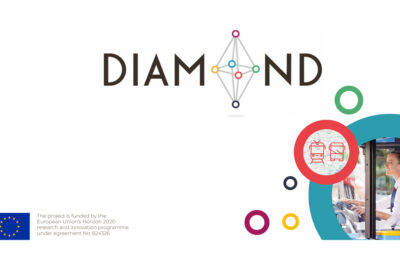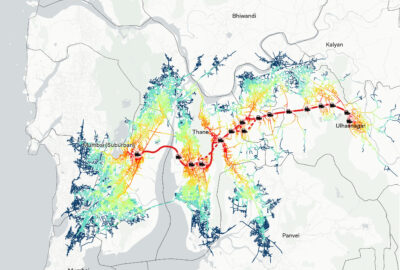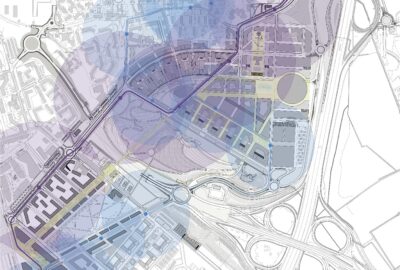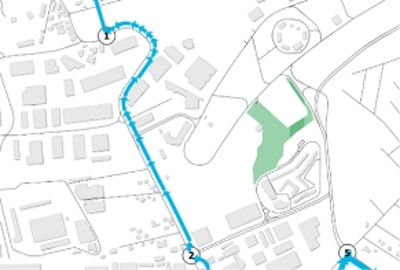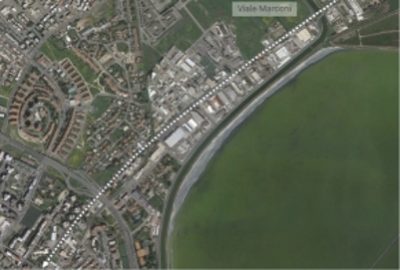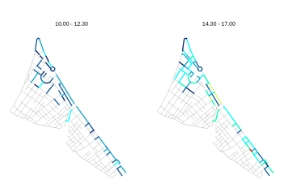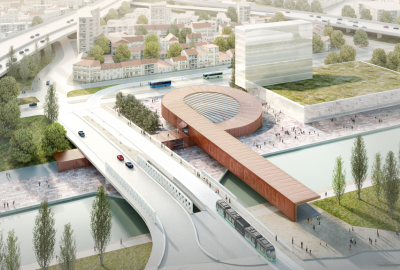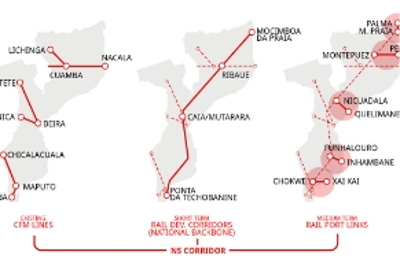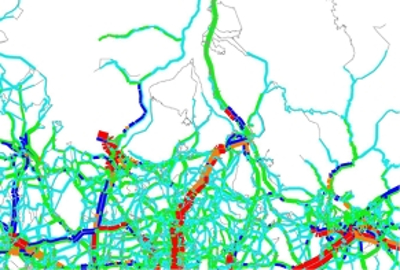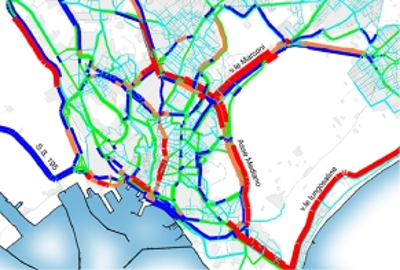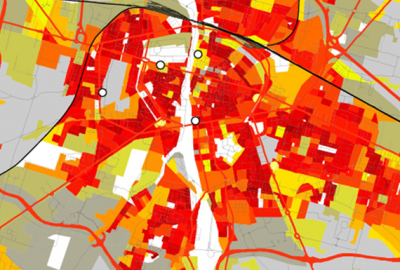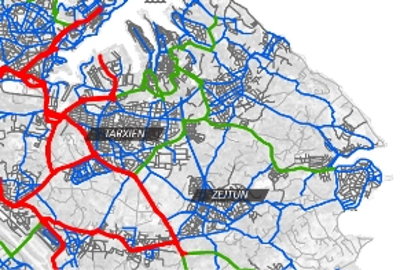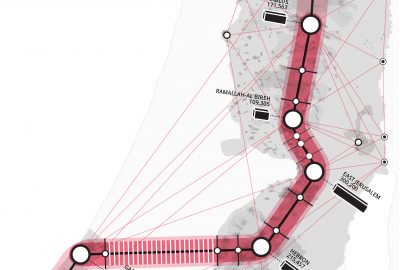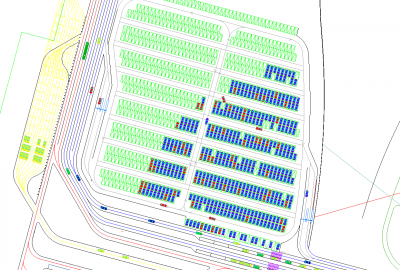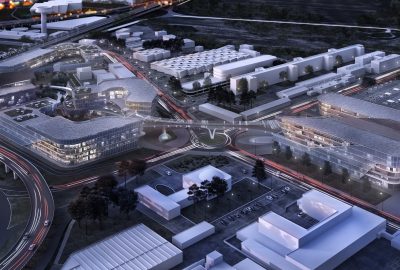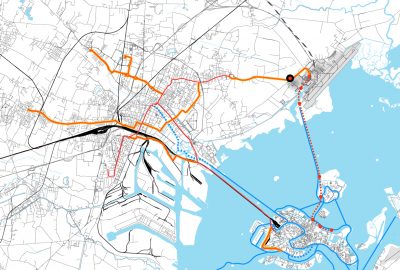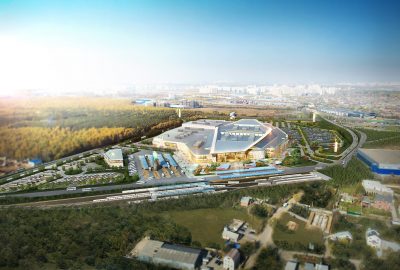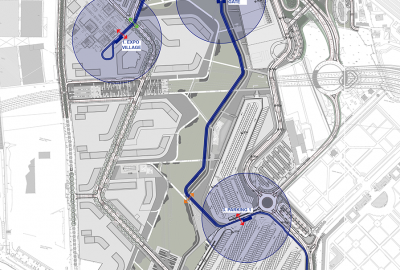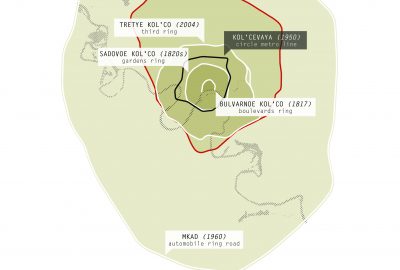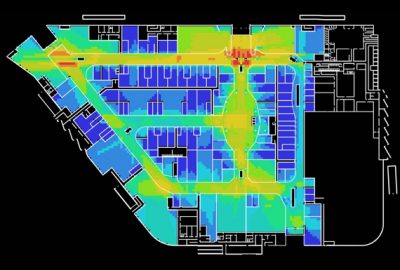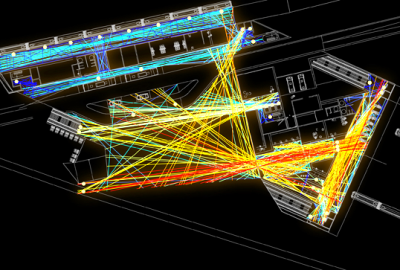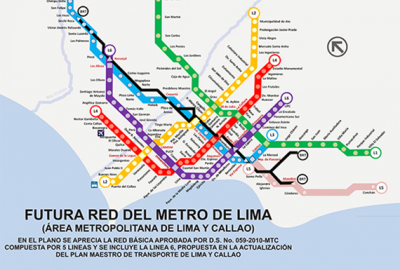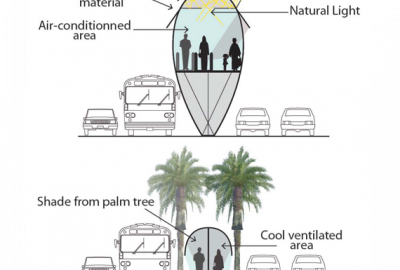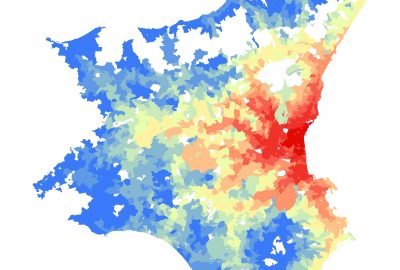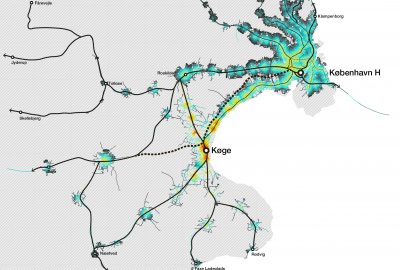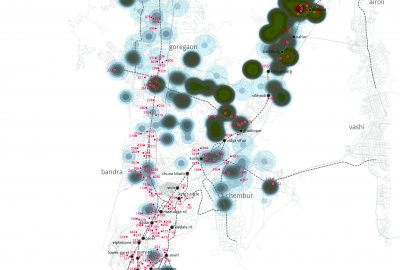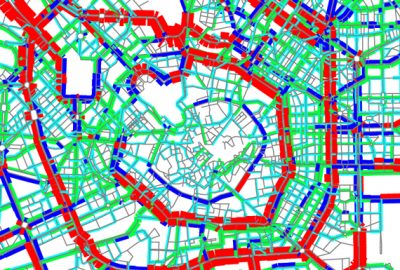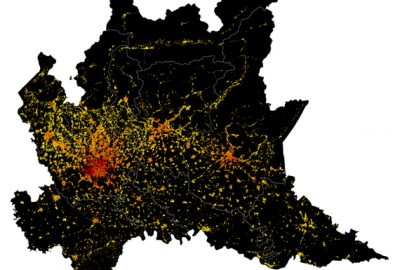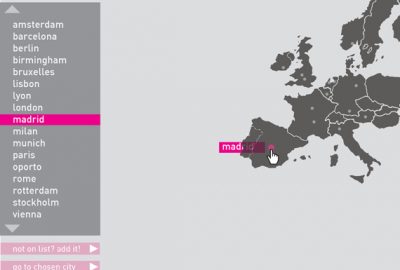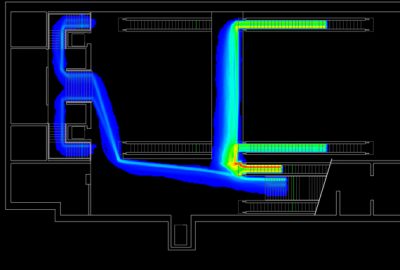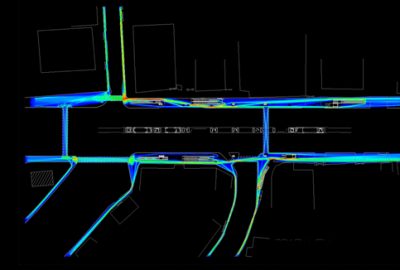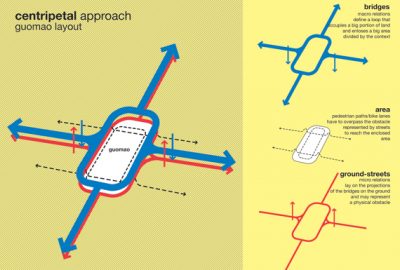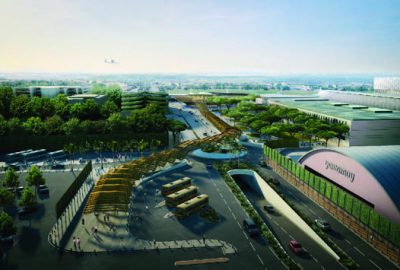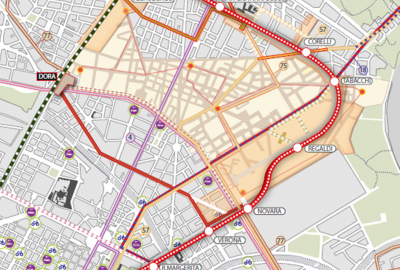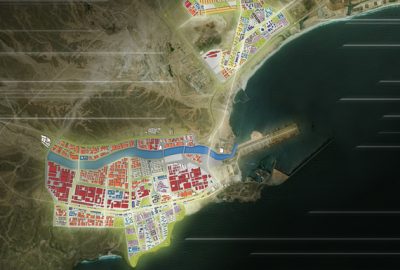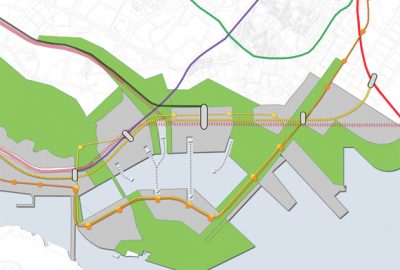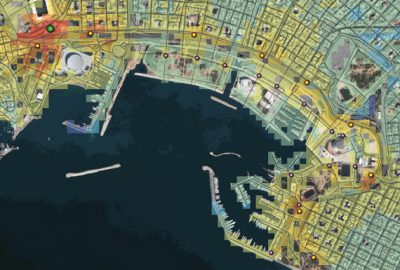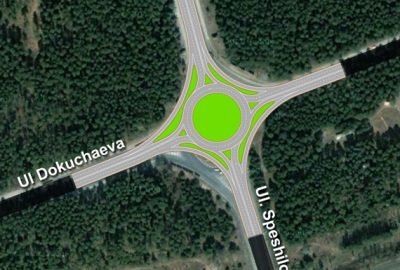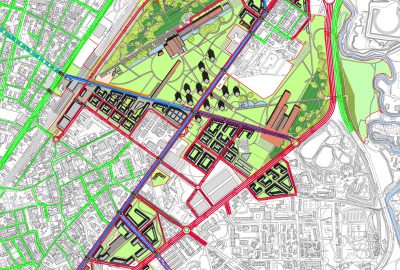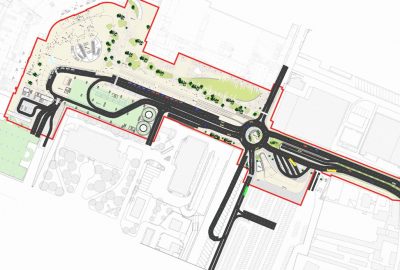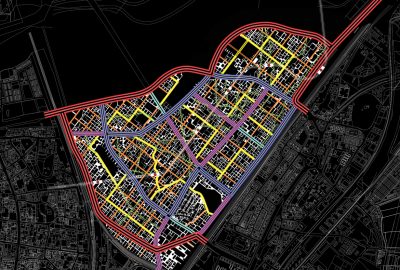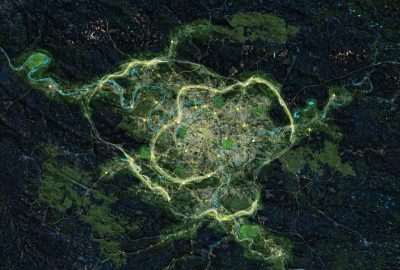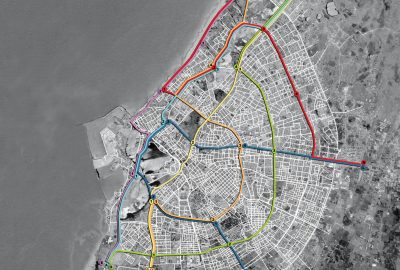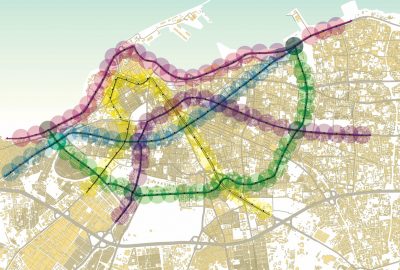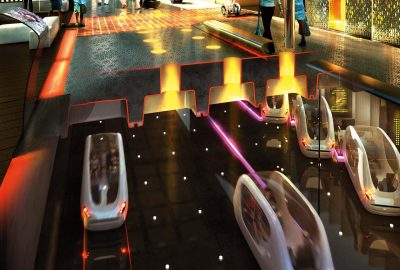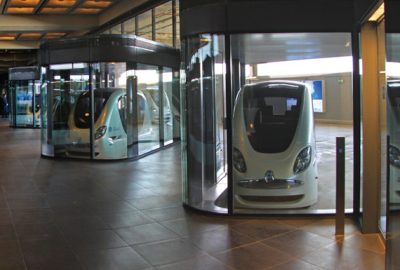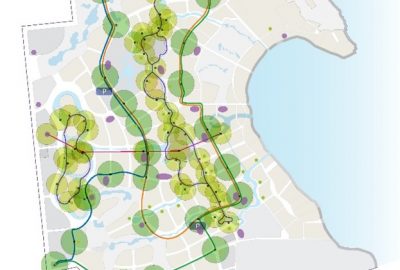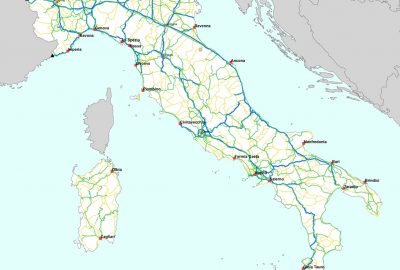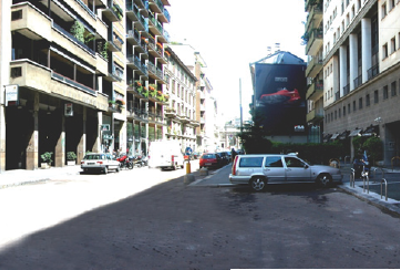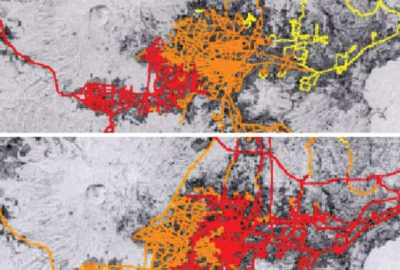Main Output
-
Road Safety Audits
Regional Vulnerability Assessment
Infrastructure Resilience Screening and Planning
Smart Infrastructure Planning
Intelligent Transport System (ITS) Planning
Railway Network Planning
Highway Toll System Studies
Public Transport Network and Service Planning (MRT, BRT, LRT, others)
Regional Pedestrian and Bicycling Plans
Public Parking and P&R Planning
Strategic Traffic and Revenue Advisory
Transport Due Diligence
Technical Feasibility Study of Transport Infrastructure
Road Design
Urban Public Realm Analysis and Design
EV Infrastructure Planning and Fleet Dimensioning
How can advanced planning tools contribute to better transport infrastructure planning?
Advanced planning tools are essential for identifying current travel demand and future transportation needs. Forecasting demand is an everchanging challenge that puts our transport infrastructure, one of the key economic drivers, at risk. Our response to these technical challenges is carried out through a multi-layered approach that digs deep into the intrinsic characteristics of the place of study, its historic development, its hidden potentials and its current trends, with the ultimate aim to develop a fully comprehensive and multifaceted study underpinned with scientific evidence. Advanced modelling tools are integral to the process, they’re robust and flexible platforms capable of simulating variable future scenarios.
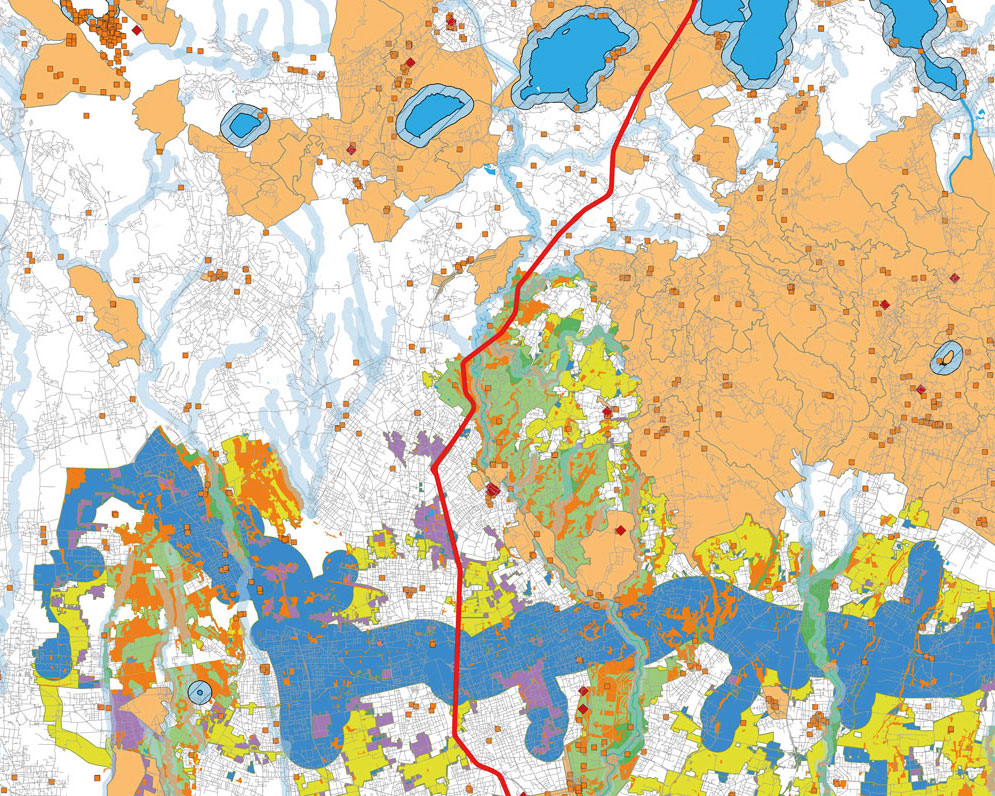
We assess a place by its current trends and future needs to confidently design solutions.
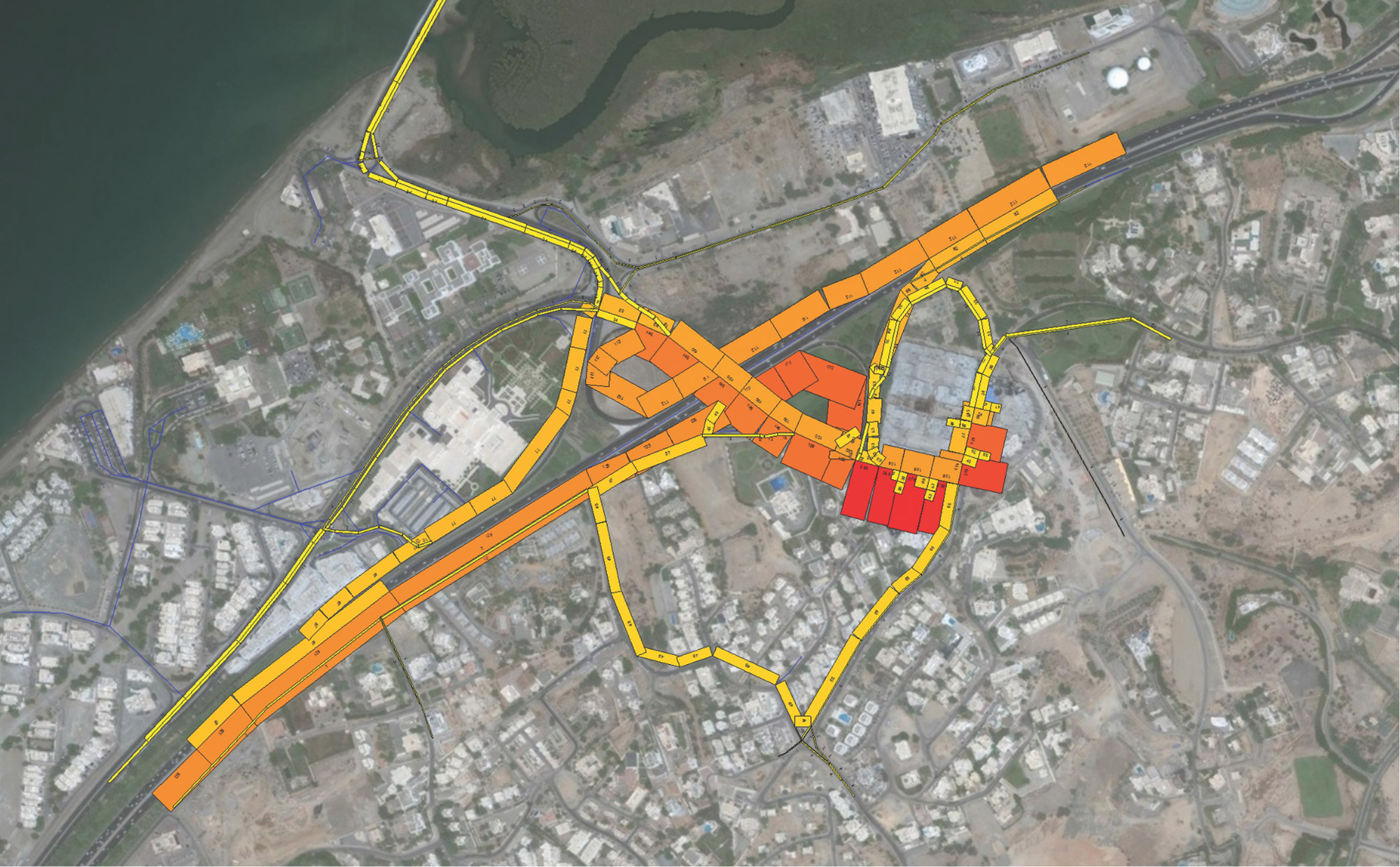
How can infrastructure keep up to the pace of changing conditions and evolving technologies?
The Efficiency and functionality of transport infrastructure is challenged and threatened by changing climatic conditions, abrupt and unexpected changing economies, as well as evolving technologies, whether in construction or in information as the worldwide turns connected and responsive. This challenge is tackled by us, consultants, through adapting of our planning and design tools to achieve resilient and future-proofed solutions that take into consideration these possible variations. This is challenge requires a progressive approach and a continuous update of our knowledge and skills to adapt to the latest technologies, to analyze and learn from case studies and examine, through data analysis and empirical research, evolving user behaviors and trends that influence mobility dynamics and determine the technical and economic feasibility of transport infrastructure.
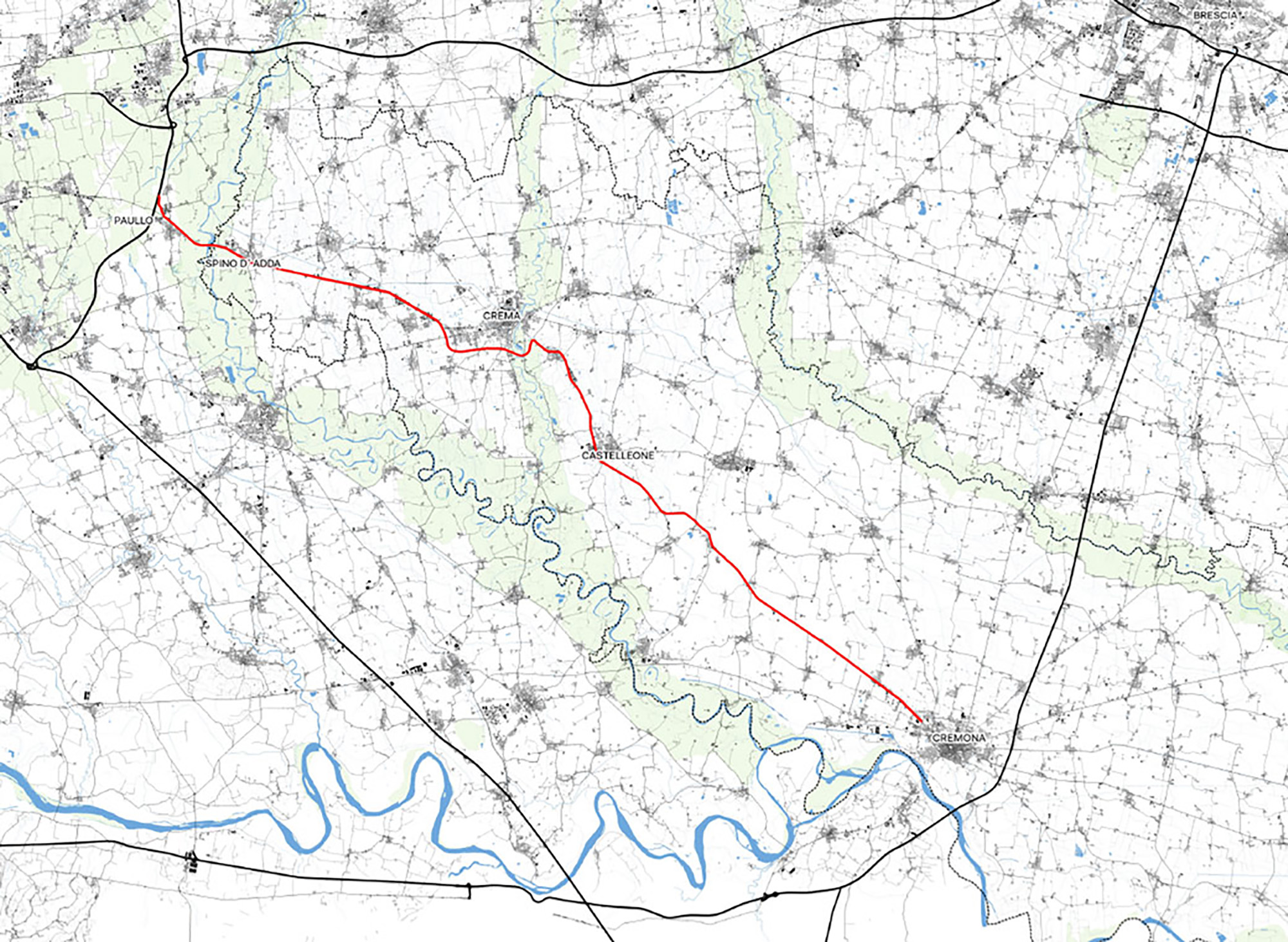
The Efficiency and functionality of transport infrastructure is challenged and threatened by changing climatic conditions, abrupt and unexpected changing economies, as well as evolving technologies, whether in construction or in information as the worldwide turns connected and responsive.
How does sound transport infrastructure planning contribute to safer transport conditions and more resilient infrastructure?
Infrastructure planning has shifted from being concentrated on road and rail to being fully integrated with multimodal system planning. It is now focused on active and motorized transportation that co-exist into a single framework that achieves safer and more integrated infrastructure. As cities change and citizens reclaim their strictly urban identities, transport infrastructure design is being questioned and new paradigms are being sought. Decision makers are being challenged to implement multimodal transport systems that integrate mobility options, such as biking, pathways for pedestrians, ride-sharing, e-scooters, etc. We are committed to work alongside this transformation as we firmly believe that planning infrastructure is a collaborative process that ensures designing to standards based on a minute set of overarching principles that maintain an overall equilibrium.
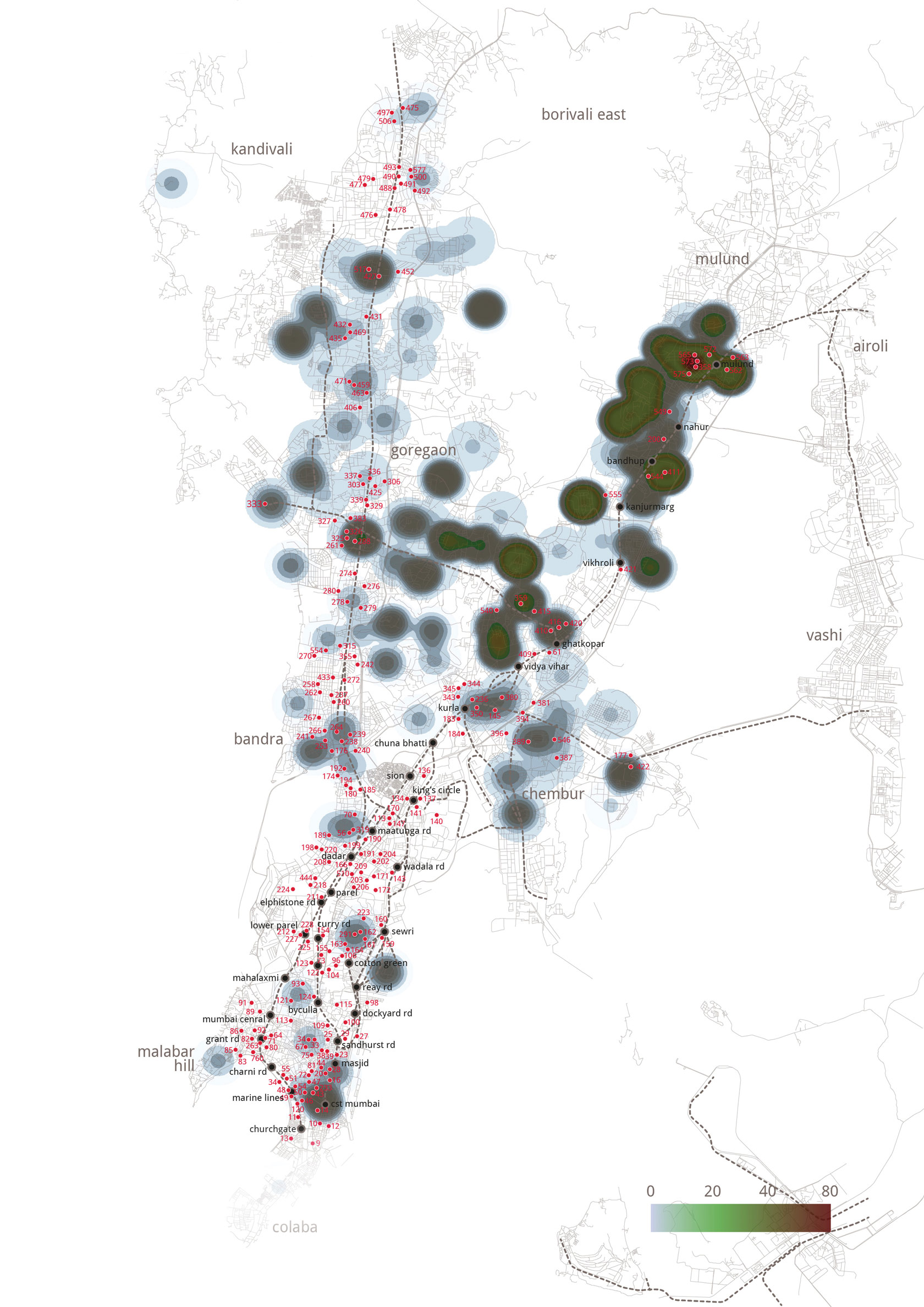
Tools
Planning transport infrastructure requires a set of specialized multi-scale tools adequate for verifying performance and design standards compliance.
Macroscopic (static) traffic modelling is used as a multi-modal demand forecasting tool and a performance measurement tool.
Microscopic (dynamic) traffic modelling is used to validate the functioning levels of any proposed network and measure the effectiveness of interventions while highlighting any undesired congestion situation that might be generated.
Junction Performance Analytical tools are used to measure the overall performance at signalized and non-signalized junctions based on indicators such as the average and maximum delay, queue lengths, etc.
Road design tools are used to ensure compliance to local standards/ regulations and world-best-practice standards, ensuring proper dimensioning and required safety conditions.
References projects
